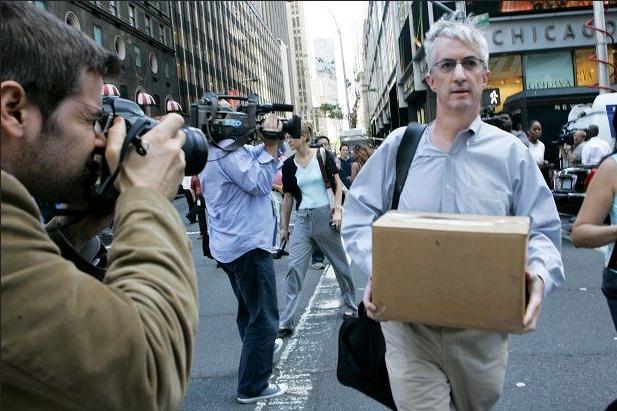To end some of the confusion surrounding what bitcoin is, we need to separate the concept into two components. On the one hand, we have the bitcoin token, which is a piece of code that represents ownership of a digital concept, something like a virtual promissory note. On the other hand, you have the bitcoin protocol, a distributed network that maintains a ledger of the balances of the bitcoin tokens. Both are known as “bitcoin.”
The system allows payments to be sent between users without having to go through a central authority, such as a bank or credit card payment system. It is created and maintained electronically. Bitcoins are not like printed currencies, such as the dollar or euro – they are produced by computers around the world, using free software.
Bitcoin is the first example of what we know today as cryptocurrencies, a growing class of goods that shares some characteristics with traditional currencies, but with verification based on cryptography.
Who created it?
A software developer with the pseudonym Satoshi Nakamoto proposed bitcoin in 2008, in the midst of the global financial crisis, as a means of payment based on mathematical proofs. The idea was to produce a medium of exchange independent of any central authority, and that could be transferred electronically in a verifiable, immutable and secure form.
To this day no one knows who Satoshi Nakamoto really is.
How is it different from traditional currencies?
Bitcoin can be used to pay for goods electronically, if both parties wish to do so. In that sense, it is like conventional dollars, euros, yen or renmimbi, which can also be exchanged digitally.
But it differs from fiat money – the aforementioned currencies – in several important ways.
1. Decentralization
The most important characteristic of bitcoin is that it is decentralized. No institution controls the bitcoin network. It is maintained by a group of volunteer developers, and run by an open network of dedicated computers that carry it around the world. This attracts individuals and groups who are unhappy with the control that banks or government institutions have over their money.
Bitcoin solves the “double spending problem” of electronic currencies (in which digital goods can be copied and reused) through an ingenious combination of cryptography and economic incentives. In traditional currencies, such as the dollar, at a digital level this function is fulfilled by banks, which are equipped with control of the traditional system. With bitcoin, the integrity of transactions is maintained by an open, distributed network that no one controls.
2. Limited offer
Fiat currencies (dollars, euros, yuan, etc.) have an unlimited supply – central banks can issue as much money as they want, and they can try to manipulate currencies to value or depreciate them relative to others. The holders of these currencies (especially citizens with few alternatives) are the ones who pay the cost).
On the other hand, with bitcoin, the supply is strictly controlled by the base algorithm. A small number of new bitcoins are issued every hour, and this will continue at a decreasing rate until 21 million bitcoins are reached. This makes bitcoin more attractive as a commodity – in theory, if demand grows and supply stays the same, the value of the currency will increase.
3. Pseudo-anonymity
While people who send money via electronic payment methods usually have to identify themselves (for verification processes and to comply with anti-money laundering and other legislation), bitcoin users theoretically operate in a semi- anonymity. Since there is no central validator, users do not need to identify themselves to send bitcoins to other users. When a transaction is submitted, the protocol evaluates all previous transactions to confirm that the person sending it has the necessary amount and the power to send it. The system does not need to know your identity.
In practice, each user is identified by their own address or by their bitcoin checkbook. Transactions can, with some effort, be tracked this way. Law enforcement officials have also developed methods to identify users if necessary.
Furthermore, some cryptocurrency exchanges are required by law to perform identity checks on their customers before they are allowed to buy or sell bitcoins, thus providing another way in which bitcoin usage can be tracked. Since the network is transparent, the progress of a transaction is visible to everyone.
This makes bitcoin not an ideal currency for criminals, terrorists or money launderers.
4. Immutability
Bitcoin transactions cannot be reversed, as fiat money transactions can.
This is because there is no central “regulator” who can say “Ok, pay the money back.” If a transaction is recorded on the network, and if more than an hour has passed, it is impossible to modify it.
While this may bother some, it does not mean that any transaction within the bitcoin network cannot be sabotaged.
5. Divisibility
The smallest unit of bitcoin is called a satoshi. It is one hundred millionth of a bitcoin (0.00000001). This is designed to eventually facilitate microtransactions that traditional money cannot handle.











